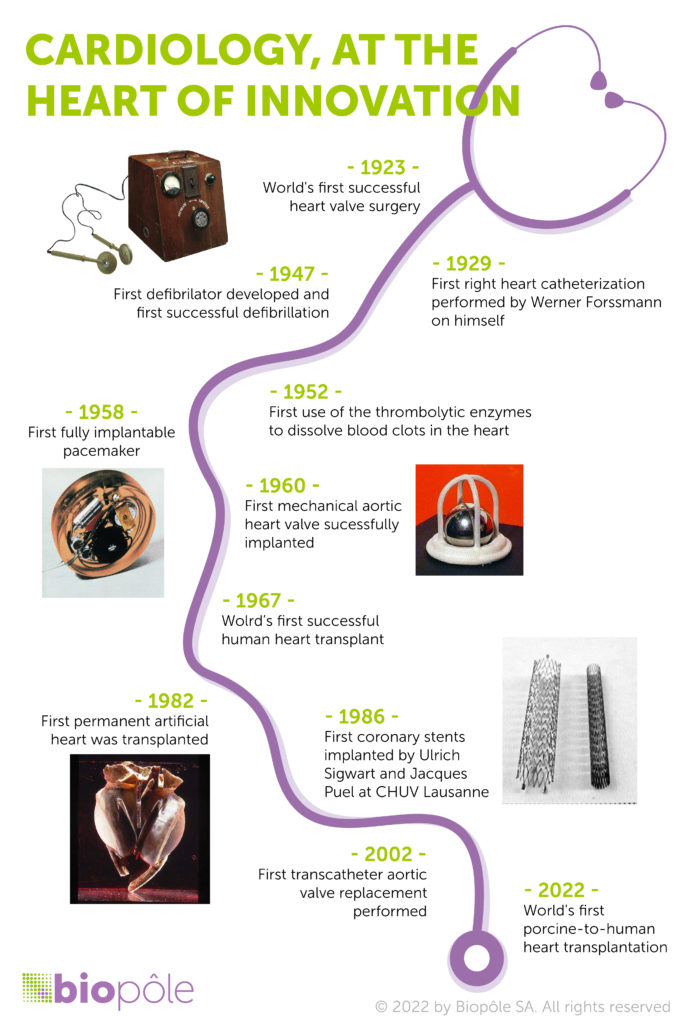Geoffroy has worked alongside his father to develop a small but mighty heart valve that could help save the lives of patients worldwide – but the path hasn’t always been easy. He tells us more about what it’s taken to get to where they are today.
Tell us about your journey to entrepreneurship. Where did it all start?
My father is a heart surgeon and an inventor, so I’ve been surrounded by science and medical innovations for as long as I can remember. As a young boy, artificial hearts that my father developed were among my favourite toys.
But I was also drawn to business and finance, so I went to business school and worked in finance for a few years. In my spare time, I tried to raise funds for my father’s project: developing a heart valve. Ultimately, what I really wanted to do was become an entrepreneur to help bring medical devices to patients. So five years ago, I decided to work on the project full time. I co-founded Novostia with the aim of restructuring the project and bringing my father’s invention to the market.
So even though the company was founded five years ago, it goes back a lot further than that. When did your father start work on the project?
Around 30 years ago, my father started to look for a solution for young patients suffering from heart valve disease. His idea was to develop a new valve that would last for an entire lifetime with no need for anticoagulation medicine. A close friend of his, Philippe Perrier, worked in the aerospace industry as an aircraft engineer, so they decided to join forces. The aim was to combine my father’s idea with a design that would mimic nature and work physiologically like a natural valve.
What’s different about Novostia’s valve compared to other options for patients?
When you need a heart valve replacement, you can have a mechanical valve or one made from animal tissue. The former lasts for life, but needs anticoagulation, which can be dangerous for some people (like those wanting to do sport or pregnant women). The latter doesn’t require medicine, but only lasts for an average of ten years, or five years for children. Novostia’s valve combines the best of both worlds. It uses very strong materials that don’t degenerate and has a unique design that mimics natural valves.

